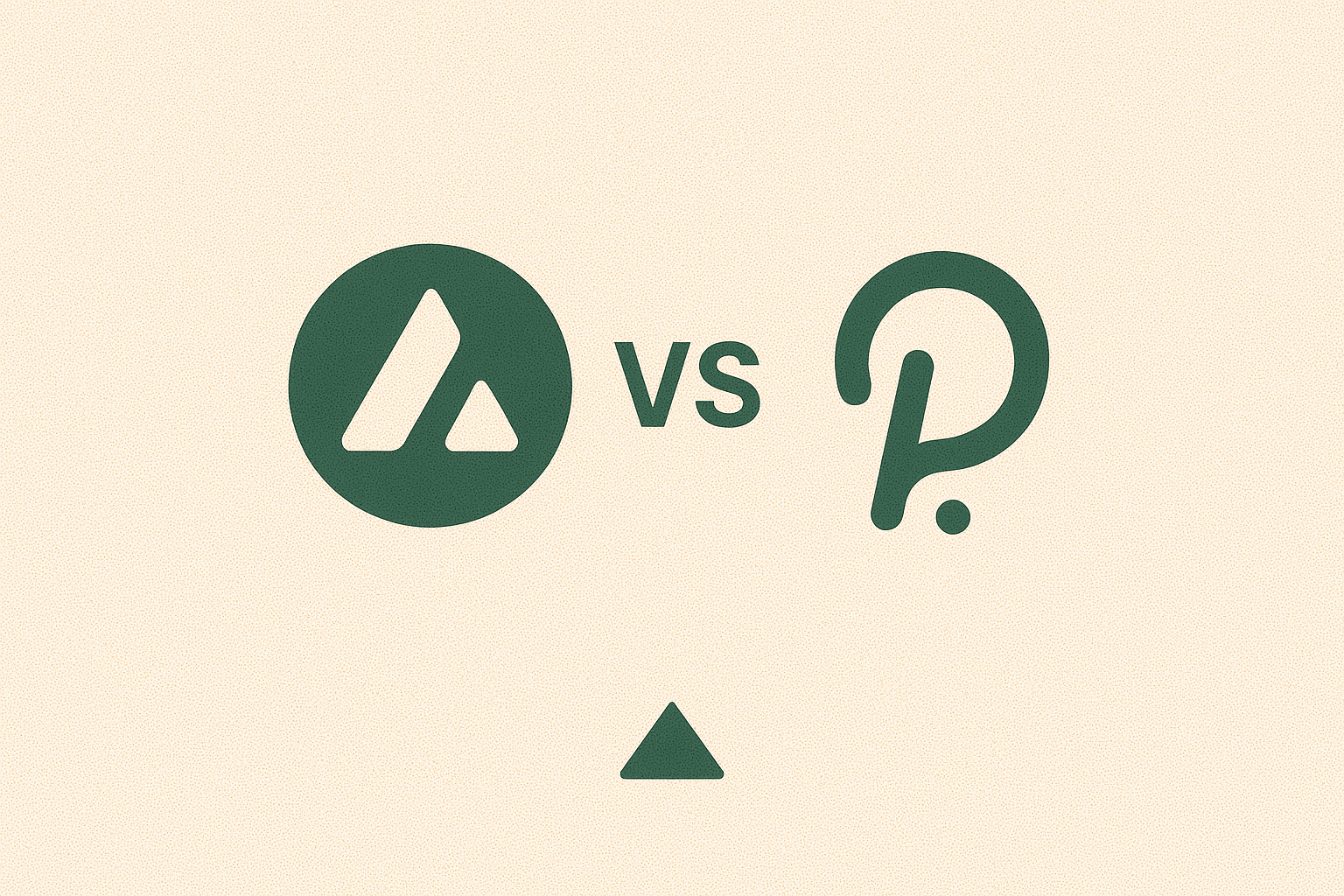Avalanche (AVAX) vs. Polkadot (DOT): The Blockchain Scalability Showdown Heating Up in 2025

Two titans clash in the race for blockchain supremacy—Avalanche's blistering speed versus Polkadot's interconnected vision.
The Need for Speed
Avalanche cuts through congestion with sub-second finality—processing thousands of transactions while legacy chains still boot up their consensus algorithms. Its revolutionary approach bypasses traditional bottlenecks, creating a ecosystem where decentralized applications actually perform like they promised in the whitepapers.
The Interoperability Play
Polkadot weaves chains together into a unified network—parachains communicating like financial instruments actually talking to each other for once. Its shared security model protects entire ecosystems without requiring each project to bootstrap its own validator set from scratch.
Developer Mindshare Warfare
Builders flock to where users live—and transaction costs don't resemble Wall Street brokerage fees. Avalanche's EVM compatibility lets Ethereum developers port dApps without relearning everything, while Polkadot's Substrate framework offers custom blockchain creation like lego blocks for serious architects.
The verdict? Both chains solve real problems—unlike certain 'institutional-grade' projects that mainly solve venture capital fundraising targets. Whether you prioritize raw throughput or cross-chain communication might just determine which ecosystem dominates the next cycle.
User And Liquidity Traction
Avalanche recorded average daily active addresses of about 520,000 in Q2 and average daily transactions of 10.1 million, increases of roughly 210% and 170% QoQ respectively, while average C-Chain fees fell to $0.03, according to a report by Messari.
These moves coincide with new L1 launches and high-profile app rollouts.
Live chain metrics show Avalanche’s on-chain TVL and trading activity remain substantial, with a chain TVL in the low billions and 24h DEX volume above $400m, plus around 1.9 million transactions over 24h on the chain dashboard.
Polkadot’s ecosystem reported 137.1 million total transactions in Q1 and about 529,900 monthly active addresses, while active validators ROSE to 600 and staked DOT reached roughly 844 million.
DeFi liquidity is concentrated in specific appchains, for example Hydration with roughly $295m TVL on chain trackers.
RECOMMENDED: Can Avalanche (AVAX) Ever Hit $1,000? Here Is A Rational Answer.
Blockspace Economics And Developer Signals
Avalanche’s April Octane upgrade added dynamic fee mechanics and flexible subnet options, lowering average fees and letting teams isolate high-traffic apps. These protocol changes correspond with the spike in daily activity and greater DeFi TVL on the C-Chain.
Polkadot moved from auctioned slots to Agile Coretime, delivering on-demand coretime that lets projects buy blockspace as needed while relying on shared security. That model reduces long term commitment friction for builders and keeps Polkadot attractive for specialized appchains.
RECOMMENDED: Polkadot Price Prediction 2025 – 2030
Avalanche vs. Polkadot: Where Builders Go Next
If builders prioritize immediate liquidity and high daily use cases, Avalanche shows stronger signals today, with larger DEX turnover and rising DeFi TVL.
However, if they need elastic, composable blockspace and unified security for many appchains, Polkadot’s Coretime model offers a clearer path, provided DeFi liquidity spreads beyond a few leading parachains.
RECOMMENDED: Avalanche Price Prediction 2025 – 2030
Conclusion
For adoption measured today, Avalanche leads on capital and daily usage. For long term, multi-chain composition and elastic blockspace, Polkadot remains a compelling infrastructure play. Watch whether Polkadot’s DeFi liquidity broadens, or whether Avalanche sustains user growth after its Octane changes.
Don’t Miss the Next Big Move – Access Alerts Instantly
Join the original blockchain-investing research service — live since 2017. Our alerts come from a proprietary 15‑indicator methodology built over 15+ years of market experience. You’re following the service that identified major turning points through crypto winters and bull runs alike
Act now and see why thousands trust us to deliver signals before markets move.
- BTC Testing Long Term Trendline. Here Is Short and Long Term Guidance. (Aug 26th)
- Crypto – To Break Out Or Not To Break Out? (Aug 23rd)
- What Happened This Week? Leading Indicator Analysis and 7 Token Charts. (Aug 16th)
- Crypto Shows More Resilience Than Expected. A Bullish Impulse May Be Underway. (Aug 9th)
- Prepare To Buy The Dip In Crypto (Aug 2nd)
- Alt Season 2025 – Progress Update (July 26th)

